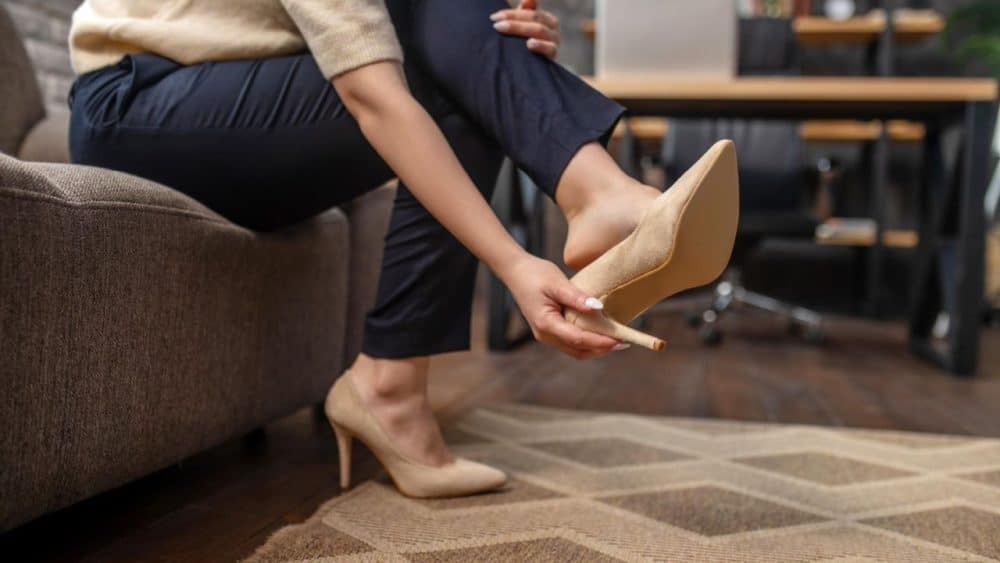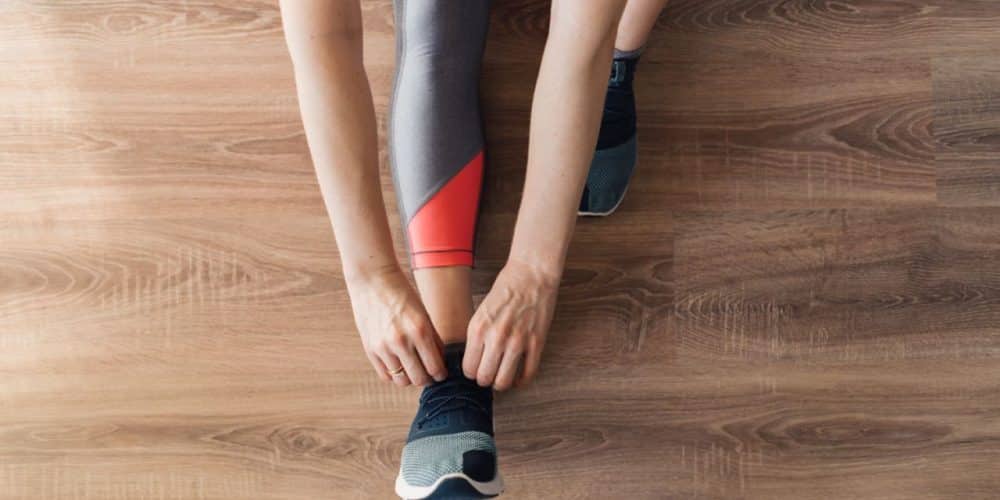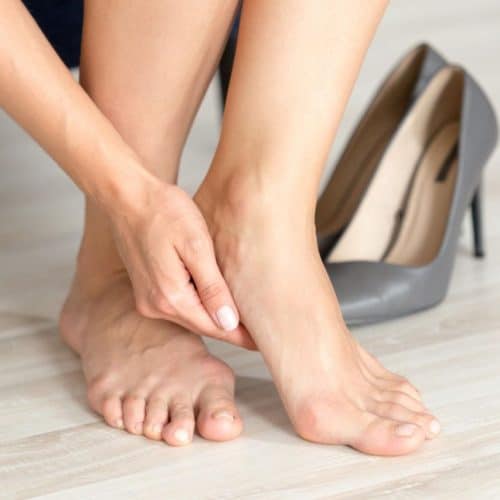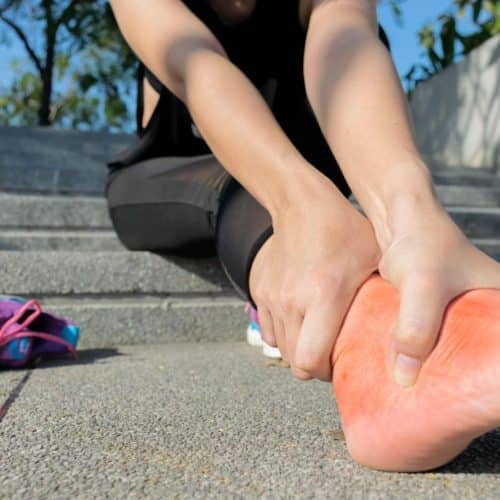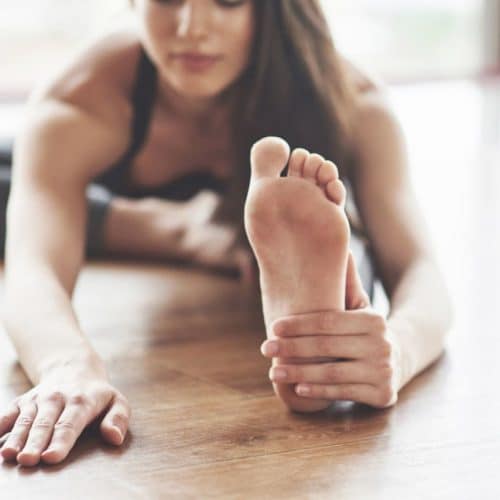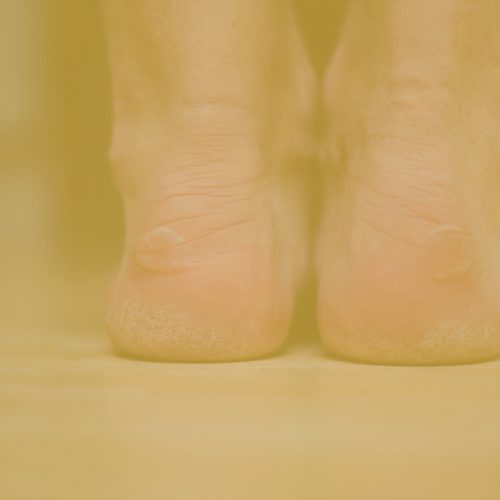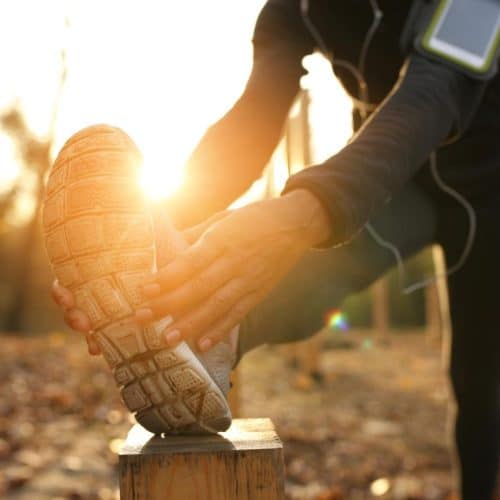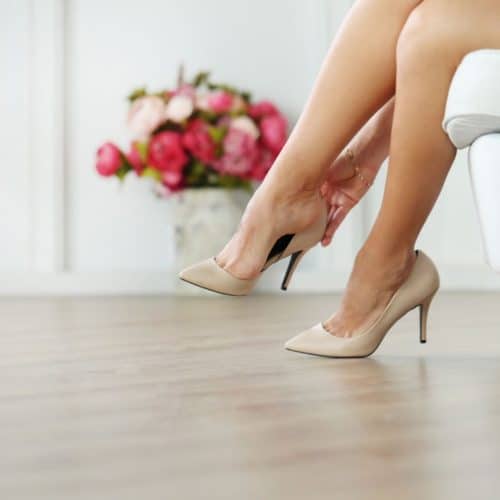Plantar fasciitis is a very frequent foot problem that affects a significant number of people all over the world. Pain in the heel is described as being sharp and stabbing in nature, plantar fasciitis may be a source of misery and frustration for many people. The query “Will plantar fasciitis go away?” is one of the most common questions regarding this ailment. The immediate response is “yes,” but there is more to the narrative than that.
What is Plantar Fasciitis?
Plantar fasciitis is one of the most common causes of heel pain. It involves the inflammation of the plantar fascia, a thick, web-like ligament that connects your heel to the front of your foot. This ligament plays a crucial role in supporting the arch of your foot and helps you walk.
The plantar fascia is designed to absorb the high stresses and strains we place on our feet daily. However, sometimes, too much pressure can damage or tear the tissues. The body’s natural response to injury is inflammation, which results in heel pain and stiffness, which we recognise as plantar fasciitis.
1. Symptoms
The most common symptom of plantar fasciitis is a sharp, stabbing pain at the bottom of the foot, near the heel. This pain is typically the worst during the first steps taken in the morning, after sitting or lying down for extended periods or standing up after prolonged sitting. The pain might also increase after exercise, not during it.
2. Causes
While the exact cause of plantar fasciitis remains unclear, it’s believed to be a result of repetitive strain injury to the ligament of the sole of the foot. Such strain injuries can be from excessive running or walking, inadequate footgear, and jumping injuries from landing. Other factors that might contribute include:
- Age: Plantar fasciitis is most common between 40 and 60.
- Foot Mechanics: Having flat feet, a high arch, or an abnormal walking pattern can affect the weight distribution on your feet, putting added stress on the plantar fascia.
- Occupations: Jobs that require being on your feet for extended periods, like teachers, factory workers, and nurses, can lead to inflammation of the plantar fascia.
3. Risk Factors
Certain factors can increase the risk of developing plantar fasciitis, including:
- Obesity: Carrying extra weight can put added stress on the plantar fascia.
- Certain Exercises: Activities that place a lot of stress on the heel and attached tissue, like long-distance running, ballet dancing, and aerobic dance, can contribute to the onset of plantar fasciitis.
- Footwear: Wearing shoes with inadequate support can lead to plantar fasciitis or exacerbate the symptoms.
Understanding the nature and causes of plantar fasciitis is the first step in addressing the condition and seeking appropriate treatment.
Will Plantar Fasciitis Go Away?
Plantar fasciitis, while a common and often painful condition, is not permanent. Many people wonder about its longevity and whether they’ll have to live with the pain forever. The good news is that plantar fasciitis will typically disappear, but the duration and recovery process can vary widely among individuals.
1. Duration of the Condition
The time it takes for plantar fasciitis to heal can range from a few months to a couple of years. Several factors influence this duration:
- Severity of the Condition: Mild cases might resolve faster with proper care, while more severe cases can take longer.
- Treatment Adherence: Following a consistent treatment plan can significantly reduce recovery time.
- Underlying Causes: If the root causes, such as poor footwear or specific activities, aren’t addressed, recovery might be prolonged.
2. Recurrence
While many people find relief from plantar fasciitis, there is an off chance of it returning. This recurrence can be due to:
- Re-injury: Engaging in activities that strain the plantar fascia without proper preparation or support can lead to re-injury.
- Not Following Preventative Measures: Ignoring advice on footwear, exercises, or lifestyle changes can increase the risk of recurrence.
- Age and Health Factors: As we age, our body’s ability to recover diminishes, and other health factors can play a role in the recurrence of plantar fasciitis.
3. Treatment and Recovery
While plantar fasciitis can sometimes resolve independently, seeking treatment can expedite the healing process. Some of the effective treatments include:
- Physical Therapy: Specific exercises can help stretch the plantar fascia and Achilles tendon while strengthening the lower leg muscles.
- Orthotics: Custom-fitted arch supports can distribute pressure more evenly across your feet, alleviating some of the strain on the plantar fascia.
- Medication: Over-the-counter pain relievers can help reduce pain and inflammation.
- Rest and Ice: Reducing activities that cause foot pain and applying ice can help reduce inflammation and pain.
4. Patience and Persistence
It’s essential to understand that while plantar fasciitis is treatable, recovery requires patience. Being persistent in following treatments, making necessary lifestyle changes, and seeking professional advice when needed can make a significant difference in recovery time.
Key Points to Remember
Plantar fasciitis, while common, can be managed and treated effectively. However, understanding the condition and remembering some crucial points can make a significant difference in your recovery journey and prevention of recurrence. Here are the four key points to keep in mind:
1. Causes
- Age: Plantar fasciitis is more common between the ages of 40 and 60. As we age, the wear and tear on our feet can increase, making us more susceptible.
- Exercise: Activities that place excessive stress on the heel and attached tissue, such as long-distance running, can trigger or exacerbate the condition. It’s essential to ensure you’re using the right techniques and footwear when engaging in these activities.
- Foot Mechanics: Everyone’s feet are different. Having flat feet, a high arch, or even an abnormal walking pattern can affect weight distribution on your feet, leading to added stress on the plantar fascia.
- Occupation: Jobs that require prolonged standing or walking on hard surfaces can damage the plantar fascia over time. If your job demands this, consider ergonomic footwear and regular foot exercises.
2. Treatment
- Physical Therapy: Engaging in targeted exercises can help stretch and strengthen the foot and leg muscles, alleviating some of the pain associated with plantar fasciitis.
- Orthotics: Custom or over-the-counter insoles can provide the necessary arch support, distributing foot pressure more evenly.
- Medication: Non-steroidal anti-inflammatory drugs (NSAIDs) like ibuprofen can help reduce inflammation and provide pain relief. Always consult with a healthcare professional before starting any medication.
- Alternative Therapies: Some people find relief through treatments like shock-wave therapy or acupuncture.
3. Prevention
- Healthy Weight: Maintaining a healthy weight ensures that undue stress isn’t placed on the plantar fascia.
- Proper Footwear: Shoes with good arch support and a cushioned sole can prevent and alleviate symptoms. Avoid high heels and shoes with inadequate support.
- Regular Foot Exercises: Simple stretches and exercises can strengthen the foot muscles, supporting the plantar fascia and preventing injury.
- Avoid Sudden Increases in Activity: If you’re taking up a new exercise or increasing your activity level, do so gradually to avoid straining the plantar fascia.
4. Patience is Key
- Consistent Care: It’s essential to be consistent with treatments and exercises. Skipping sessions or not following through with recommendations can prolong recovery.
- Stay Informed: The more you know about plantar fasciitis, the better equipped you’ll be to deal with it. Stay updated with the latest treatments and research.
- Seek Professional Advice: If you’re unsure about any aspect of your condition or its treatment, always consult with a healthcare practitioner. They can provide guidance tailored to your specific situation.
By keeping these key points in mind, you can navigate your way through plantar fasciitis more effectively, ensuring a faster recovery and reducing the risk of future flare-ups.
Conclusion
Even though it’s painful, plantar fasciitis is a condition that can be treated. You may successfully navigate your way to feet that are free of discomfort if you have the necessary information, care, and patience. In the event that you believe you may be suffering from plantar fasciitis, it is imperative that you speak with a podiatrist in order to obtain an accurate diagnosis and treatment strategy.


